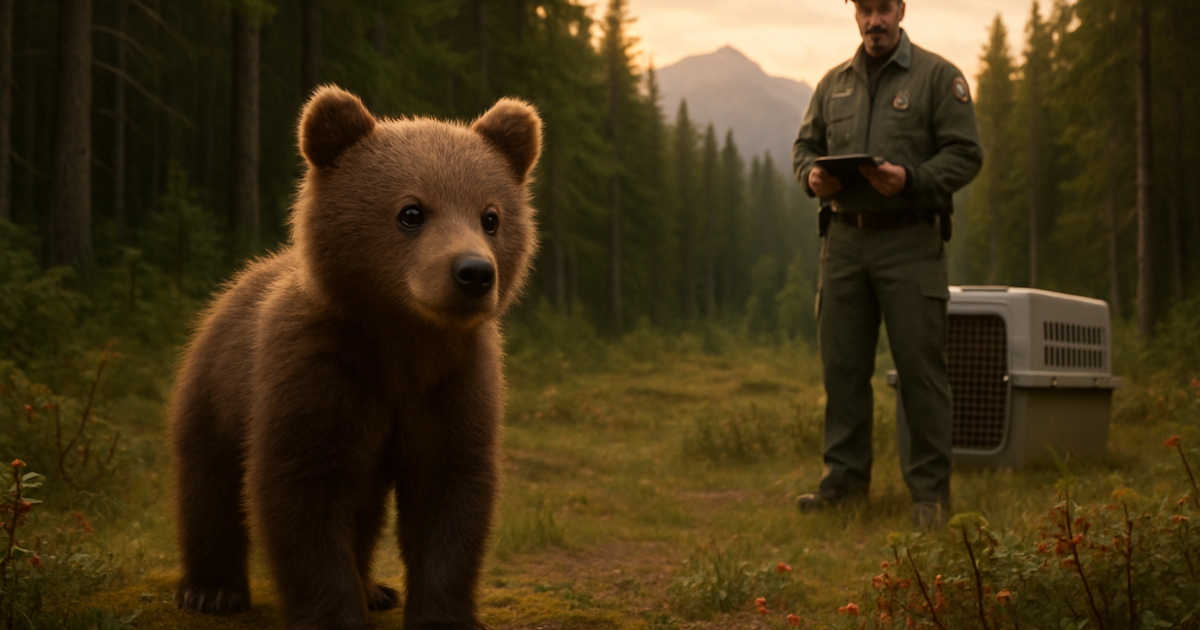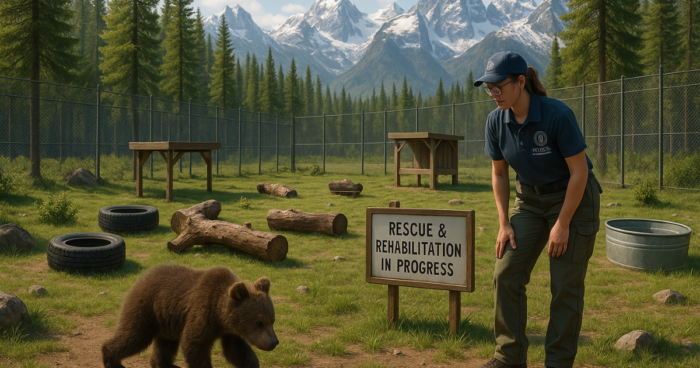Bear rescue & rehabilitation centers in Alaska play a crucial role in protecting injured and orphaned bears, ensuring their safe recovery and release. In Alaska’s vast and wild terrain, bears are often injured due to human conflict, accidents, or natural causes. Rehabilitation efforts are essential not only for individual animal welfare but also for broader conservation goals. These programs represent a commitment to wildlife veterinary care, animal welfare, and conservation efforts throughout the region.
Overview of Alaska Bear Rehabilitation Programs and Facilities
Alaska bear rehabilitation programs are designed to provide expert care for bears that are injured, orphaned, or displaced. These efforts are coordinated through licensed wildlife rescue centers in Alaska that follow strict ethical and scientific standards.
Notable Alaskan wildlife rehabilitation facilities include the Alaska Wildlife Conservation Center, the Alaska Zoo, and the I.A.R.C. (International Arctic Research Center). These centers specialize in bear-specific care, offering critical veterinary services, secure habitats, and structured reintroduction programs.
The range of services includes short-term recovery, long-term rehabilitation, and even permanent sanctuary for non-releasable animals. Rehabilitation protocols focus on restoring physical health and ensuring the animal can successfully reintegrate into the wild.
Bear Care and Recovery Process
Bear care and recovery begin immediately after rescue. Trained wildlife responders assess the bear’s condition and transport it safely to a facility. Upon arrival, animals receive nutritional support, hydration, and medical assessments as part of their intake process.
Bear injury treatment in Alaska may involve surgeries, wound care, and management of trauma caused by vehicles or poaching. Veterinary teams closely monitor vital signs and administer medications as needed. Specialized diets are crafted to promote healing and simulate natural feeding behaviors.
Humane bear handling techniques are crucial to reduce stress during treatment. Staff use non-invasive methods, limited human contact, and behavioral observation to avoid habituation. Over time, bears undergo behavioral conditioning to prepare for life back in the wild, mimicking foraging and survival behaviors.
Special Focus: Orphaned Bear Cub Rescue and Release

Rescuing orphaned bear cubs presents unique challenges, as young bears require around-the-clock care, social development, and a safe environment. Early intervention is key, ensuring cubs receive species-appropriate milk formulas and a secure habitat to encourage natural behaviors.
The goal is always bear release bears back into the wild. This involves a ‘soft release’ approach, where cubs are gradually introduced to wild settings. Post-release monitoring helps measure survival rates, ensuring long-term success and adaptation.
Conservation and Volunteer Opportunities
Conservation efforts for bears extend beyond rescue. These programs raise awareness about habitat threats and promote coexistence between humans and wildlife. Education campaigns inform the public on how to reduce conflict and protect ecosystems.
Bear rescue volunteer opportunities are available at many rehabilitation centers. Volunteers assist with animal care, facility maintenance, outreach programs, and even citizen science projects. With proper training, community members become advocates for wildlife welfare and conservation.
Species-Specific Rehabilitation Challenges: Brown Bear vs Grizzly Bear
Brown bears and grizzly bears present unique rehabilitation challenges. Their behavioral tendencies, social structures, and habitat preferences vary, requiring species-specific approaches to care and release.
For more on behavioral and physiological differences, see our detailed article on brown bear vs grizzly bear. Understanding these distinctions is vital for successful rehabilitation outcomes and effective care strategies tailored to each species.
Conclusion
Bear rescue & rehabilitation centers in Alaska are vital for sustaining healthy bear populations. Through expert care, community involvement, and science-based rehabilitation protocols, these centers protect vulnerable bears and help them return to the wild. Learn more about species-specific care approaches in our related guide on brown bear vs grizzly bear.


